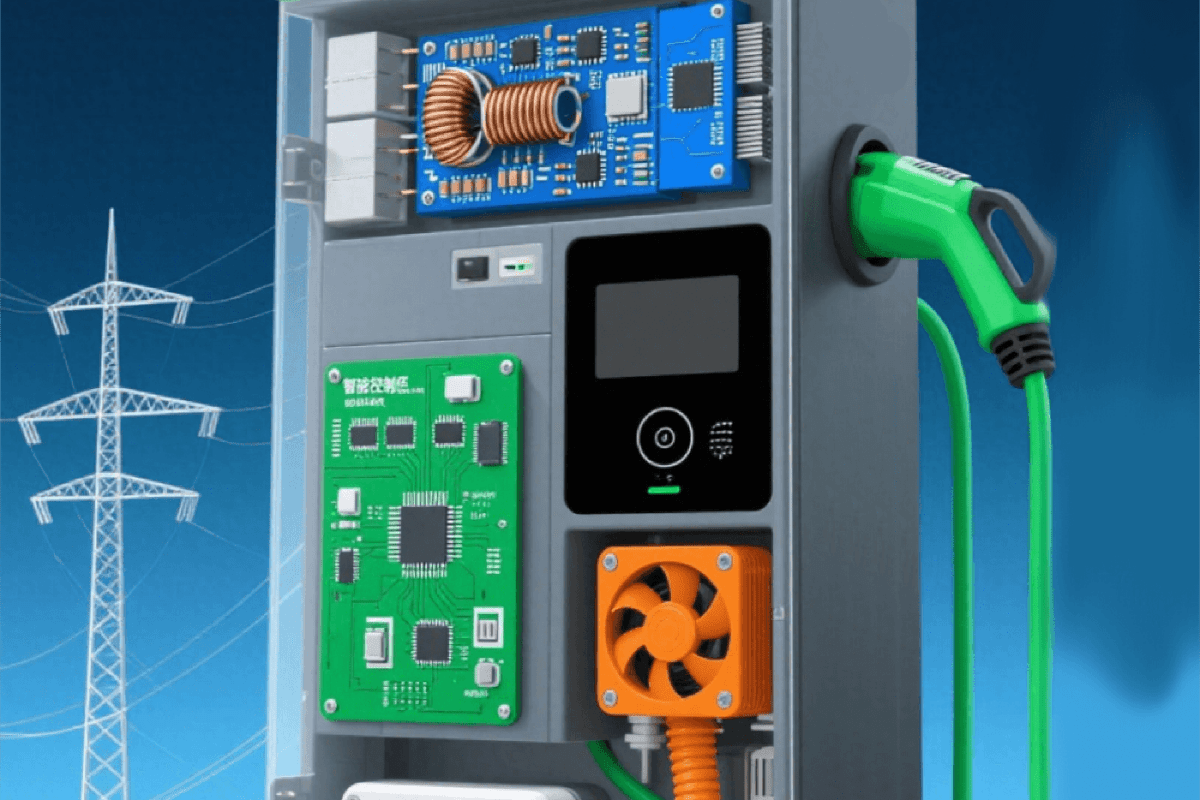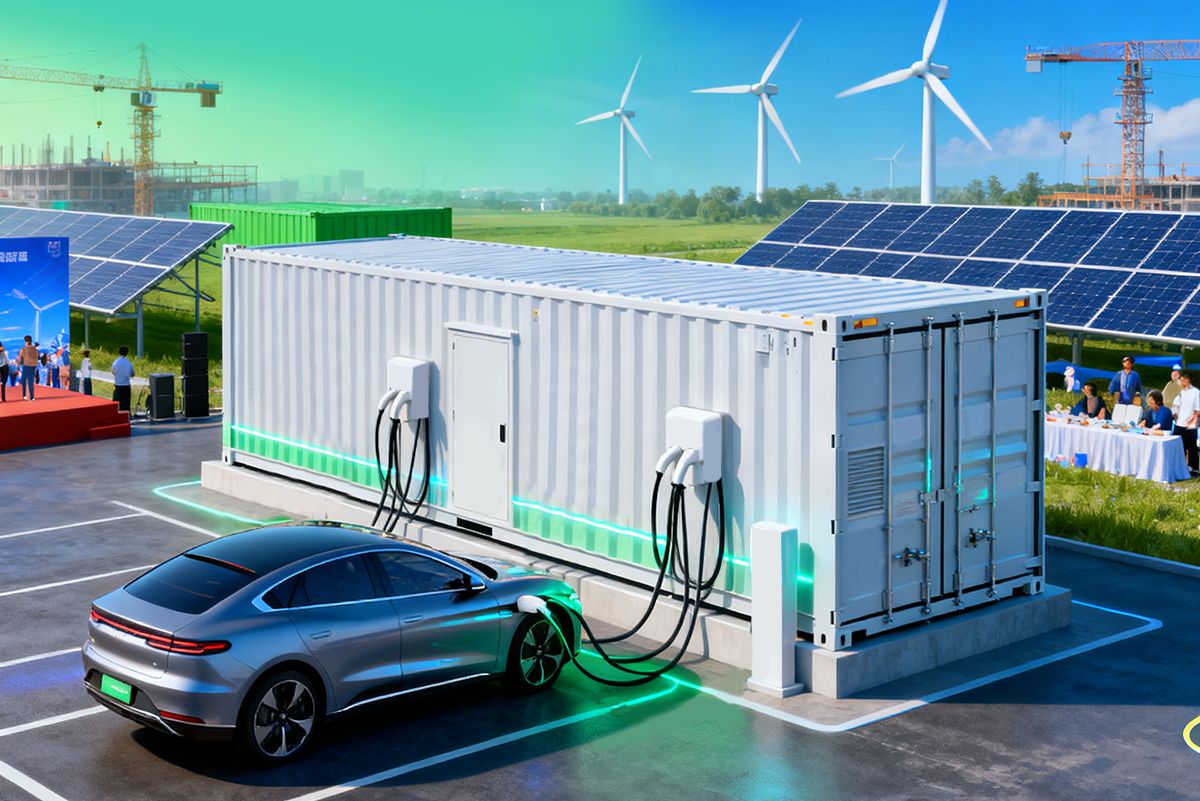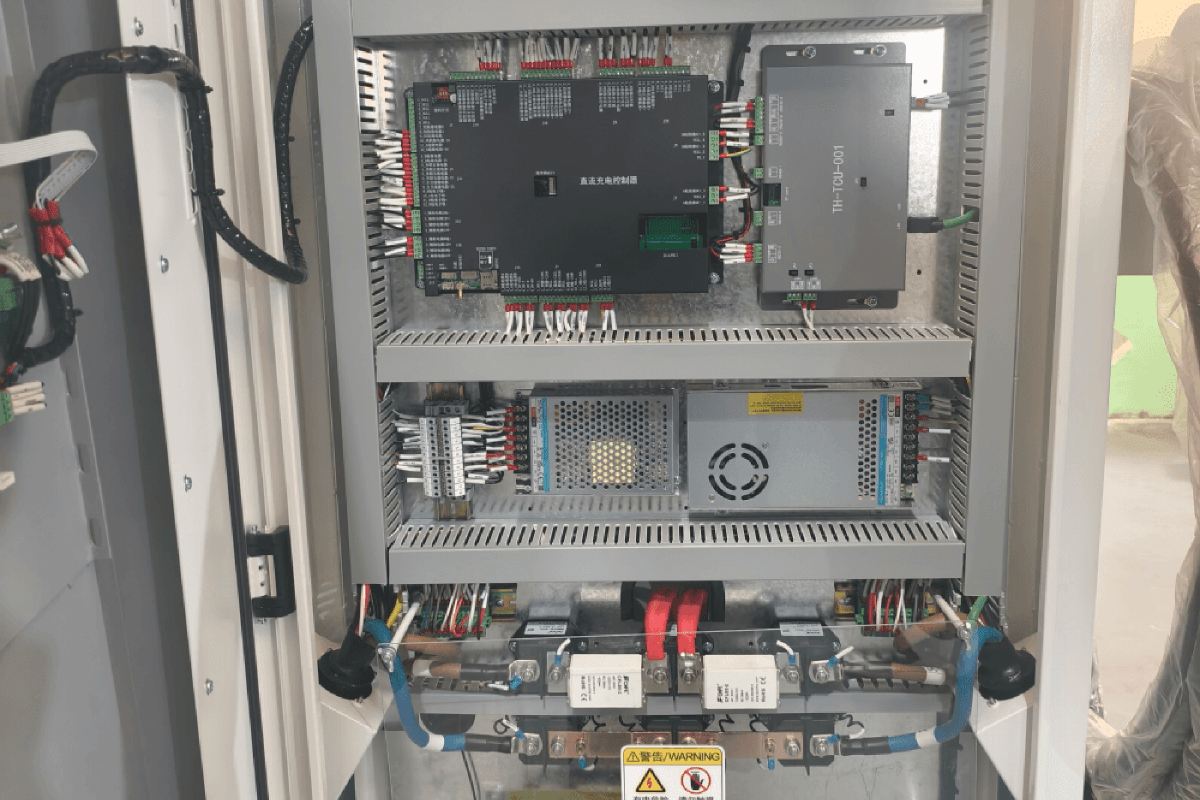1. Industry Background: Why DC fast charging matters
With EV adoption growing worldwide, the charging experience has become as important as the vehicle itself. While AC chargers are suitable for overnight home charging, DC fast chargers are the backbone of public and commercial networks — reducing charging time from hours to minutes. Behind their simple exterior is a complex, highly engineered system designed for efficiency, safety, and reliability.
2. Solution Overview: How modern DC chargers are built fast dc charger ev
A DC fast charger converts high-voltage AC from the grid into DC electricity that directly charges the EV’s battery. Modern chargers are modular, software-driven, and designed for outdoor resilience.
Key objectives of structural design:
·Maximize power conversion efficiency (≥95%) charger ev car
·Support multiple connector standards (CCS, GB/T, CHAdeMO)
·Enable easy maintenance via modular replacement
·Integrate with smart platforms using OCPP protocols electric car charging station
3. System Composition & Operational Logic
3.1 Input & Distribution
Brings AC power from the grid, protected by breakers and surge devices electric car charging station with OCPP 1.6J
Manages voltage stability and prevents overload
3.2 Energy Metering & Monitoring
Measures voltage, current, and power with high precision electric car charging station with OCPP 2.0.1
Feeds real-time data to billing systems and OCPP platforms
3.3 Power Conversion Modules
Use GB/T-based rectifiers to convert AC to DC ev fast charger
Modular design (15/30kW per module) allows scaling from 30kW to 360kW
Hot-swappable modules reduce downtime
3.4 Control & Communication ev fast charger 30kW CCS2
Embedded controllers run charging logic, handle BMS communication, and interface with cloud servers
OCPP 1.6J support, upgradable to OCPP 2.0.1
3.5 Cooling & Thermal Management ev fast charger 30kW CCS1
Air cooling for mid-power, liquid cooling for ultra-high-power units (&180kW)
Ensures safe operation in extreme climates
3.6 User Interface & Payment ev fast charger 30kW CHAdeMO
Touchscreen for session control and display
Payment via QR code, app, or POS terminal
4. Advantages of Modular & Smart Design ev fast charger 30kW GB/T
✅ Scalability – Add or remove modules as needed
✅ Reduced downtime – Hot-swap modules without shutting down the charger
✅ Protocol flexibility – Remote upgrade to future OCPP versions
✅ Durability – IP55+ weather protection for outdoor use
✅ Multi-standard compatibility – One charger for different vehicle types
5. Technical Comparison: Modular vs. Fixed Architecture
|
Feature |
Modular DC Charger |
Fixed-Architecture Charger |
|
Power Output |
30–360kW scalable |
Fixed (usually ≤60kW) |
|
Maintenance |
Hot-swappable |
Requires full disassembly |
|
Upgrade Capability |
Remote software |
Limited or none |
|
Cooling Options |
Air/liquid |
Air only |
|
Connector Standards |
Multiple |
Often single |
|
Outdoor Rating |
IP55+ |
Lower (IP44–IP54) |




Оставить комментарий
Все комментарии перед публикацией проверяются.
Этот веб-сайт защищается hCaptcha. Применяются Политика конфиденциальности и Условия использования hCaptcha.